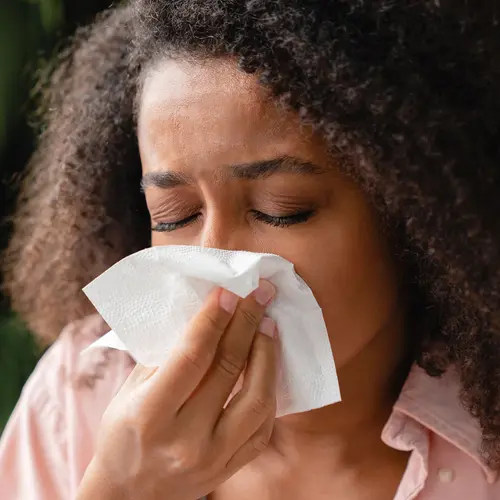With a food allergy, it’s always important for you to know what you’re eating. Reading labels is your best way to stay safe. Here are tips for spying out culprits in packaged and prepared foods.
Any packaged food has to show on the label if it contains any of the eight major food allergens in it: milk, eggs, fish, shellfish, tree nuts, peanuts, wheat, or soybeans. Look at both the food label and the ingredients list.
Wheat Words to Watch For
- Bread crumbs
- Bromated flour
- Bulgur
- Cereal extract
- Couscous
- Cracker meal
- Durum
- Einkorn
- Emmer
- Farina
- Flour
- Fu
- Graham flour
- Hydrolyzed vegetable protein
- Hydrolyzed wheat protein
- Kamut
- Malt, malt extract
- Matzoh
- Monosodium glutamate (MSG)
- Pasta (there are some non-wheat versions)
- Seitan
- Semolina
- Spelt
- Triticale
- Vital wheat gluten
- Wheat bran hydrolysate
- Wheat germ oil
- Wheat grass
- Wheat protein isolate
- Whole wheat berries
Where Wheat Hides
Even if you skip baked goods, wheat is hard to avoid. It can show up in odd places like:
- Spelt -- a type of wheat that is sometimes falsely marketed as safe for people with wheat allergies
- Sauce mixes, seasonings, and condiments, like mustard, mayonnaise, soy sauce, and Worcestershire sauce
- Sausages
- Ice cream
- Candy
- Beer, whisky, and wine
- Medications that use wheat binders to help them stick together
How to Choose Safe Foods
- Stick with packaged and labeled foods. Foods from salad bars, deli counters, and bakeries are more likely to accidentally have your allergy triggers in them.
- Read food labels every time you buy a product -- even if it's something you buy every week. Food manufacturers change ingredients all the time. A food that has been safe for you and your family may not always be.
- If you see an ingredient you're not sure about, be careful. Look it up first. Consider contacting the manufacturer if you need more info.
- Buying a different size or low-fat version? Read food labels. Low-fat or reduced-calorie versions of familiar foods may have very different ingredients. Sizing (like snack-sized packs) or packaging (a can vs. a carton) can affect ingredients. Some products may have different ingredients in different parts of the country.
- Check labels on medications and toiletries. Food allergens can show up in drugs, cosmetics, shampoos, soaps, and lotions.
- Do ask and tell. At restaurants, let the staff, servers, managers, cooks, or chef know about your food allergy and special accommodations that you might need. Don’t be afraid to ask how a dish is prepared. Sometimes it can be hard to tell everything that is in a dish based on how it is listed on the menu.

